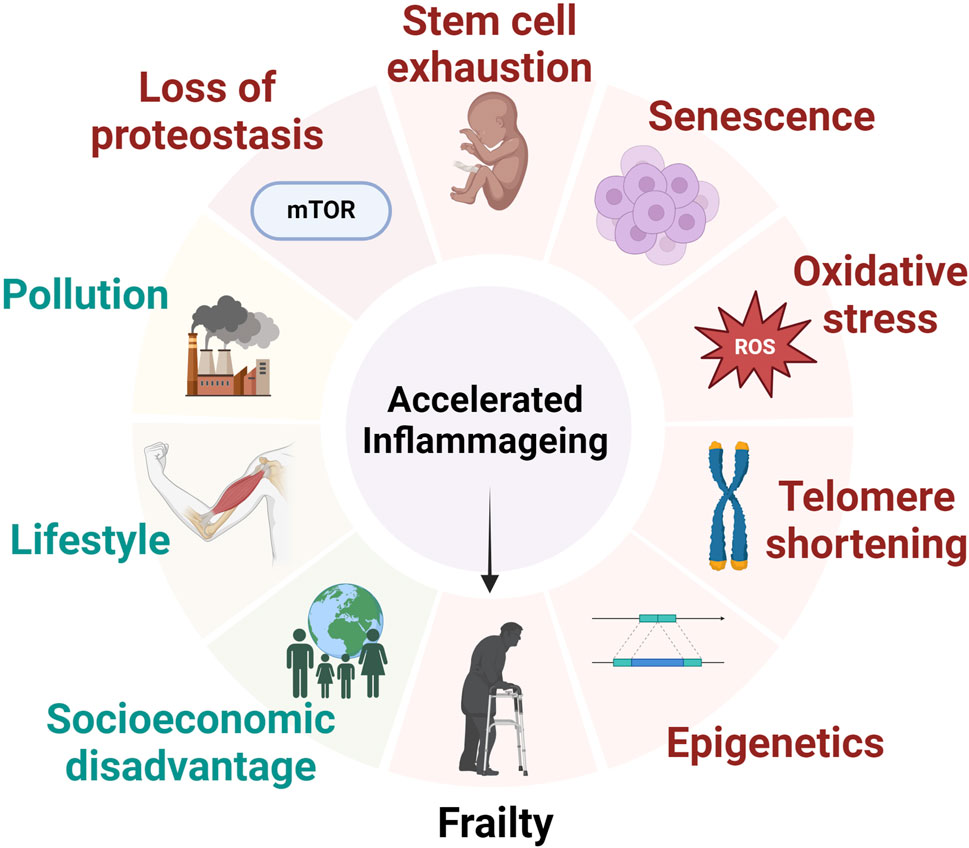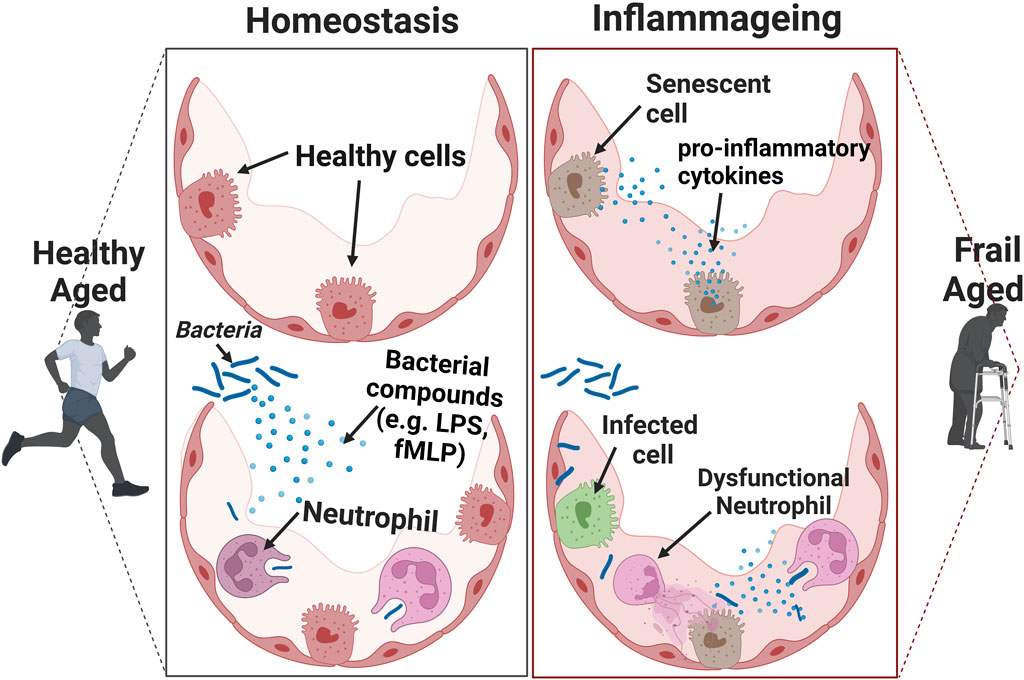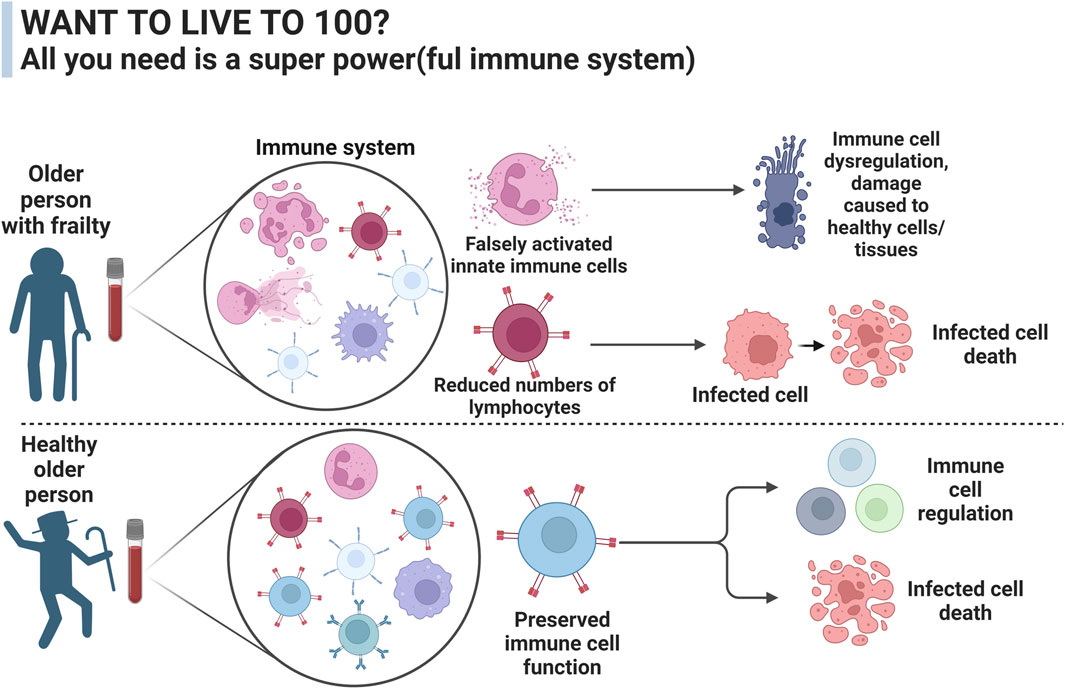Abstract
Human ageing is a normal process and does not necessarily result in the development of frailty. A mix of genetic, environmental, dietary, and lifestyle factors can have an impact on ageing, and whether an individual develops frailty. Frailty is defined as the loss of physiological reserve both at the physical and cellular levels, where systemic processes such as oxidative stress and inflammation contribute to physical decline. The newest “omics” technology and systems biology discipline, metabolomics, enables thorough characterisation of small-molecule metabolites in biological systems at a particular time and condition. In a biological system, metabolites—cellular intermediate products of metabolic reactions—reflect the system’s final response to genomic, transcriptomic, proteomic, epigenetic, or environmental alterations. As a relatively newer technique to characterise metabolites and biomarkers in ageing and illness, metabolomics has gained popularity and has a wide range of applications. We will give a comprehensive summary of what is currently known about metabolomics in studies of ageing, with a focus on biomarkers for frailty. Metabolites related to amino acids, lipids, carbohydrates, and redox metabolism may function as biomarkers of ageing and/or frailty development, based on data obtained from human studies. However, there is a complexity that underpins biological ageing, due to both genetic and environmental factors that play a role in orchestrating the ageing process. Therefore, there is a critical need to identify pathways that contribute to functional decline in people with frailty.
The major factors that contribute to the development of inflammageing and frailty status. Inflammageing is a consequence of environmental, cellular and genetic factors leading to alterations to intracellular homeostasis and ultimately contribution to the development of frailty syndrome.
.
The effects of inflammageing on the immune response. Cells that have a senescent associated secretory phenotype (SASP) secret pro-inflammatory cytokines. This acts as a chemoattractant to induce immune-mediated clearance of senescent cells. When the number of senescent cells is relatively high in the presence of an infection, it can result in an inadequate clearance of pathogens.
.
The difference in immune function between a healthy aged person and a person with frailty syndrome. The immune system plays an important role in how people age and can alter the development of debilitating diseases such as cancer and sarcopenia, two major contributing factors to frailty development.
.


